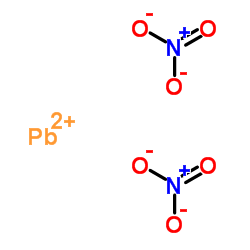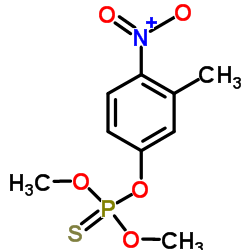| Structure | Name/CAS No. | Articles |
|---|---|---|
 |
Lead(II) nitrate
CAS:10099-74-8 |
|
 |
potassium,azanylidynemethane
CAS:5297-01-8 |
|
 |
POTASSIUM CYANIDE
CAS:151-50-8 |
|
 |
Fenitrothion
CAS:122-14-5 |